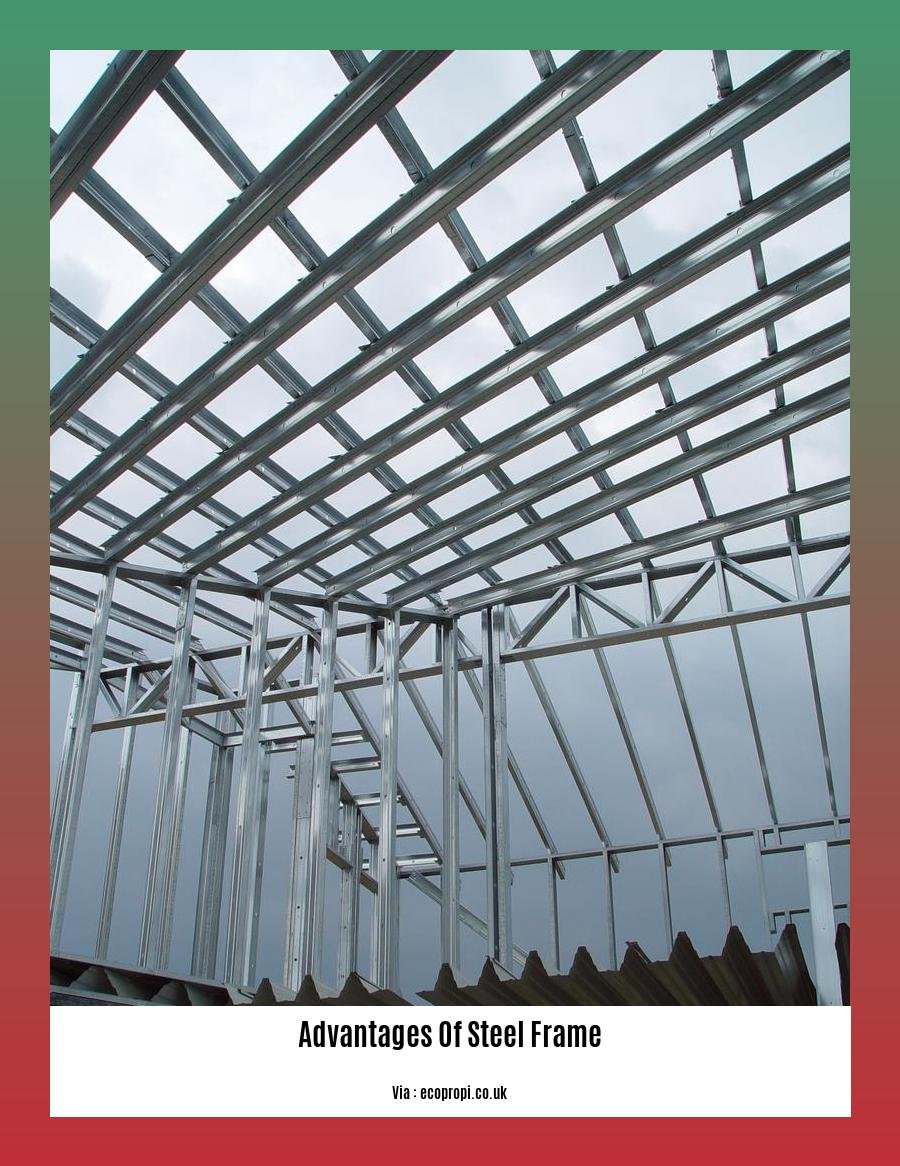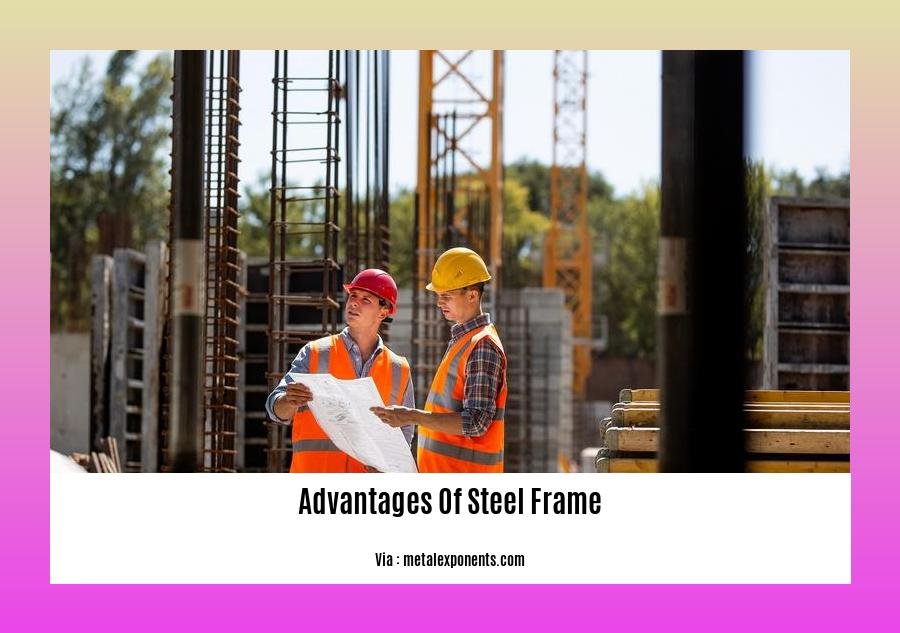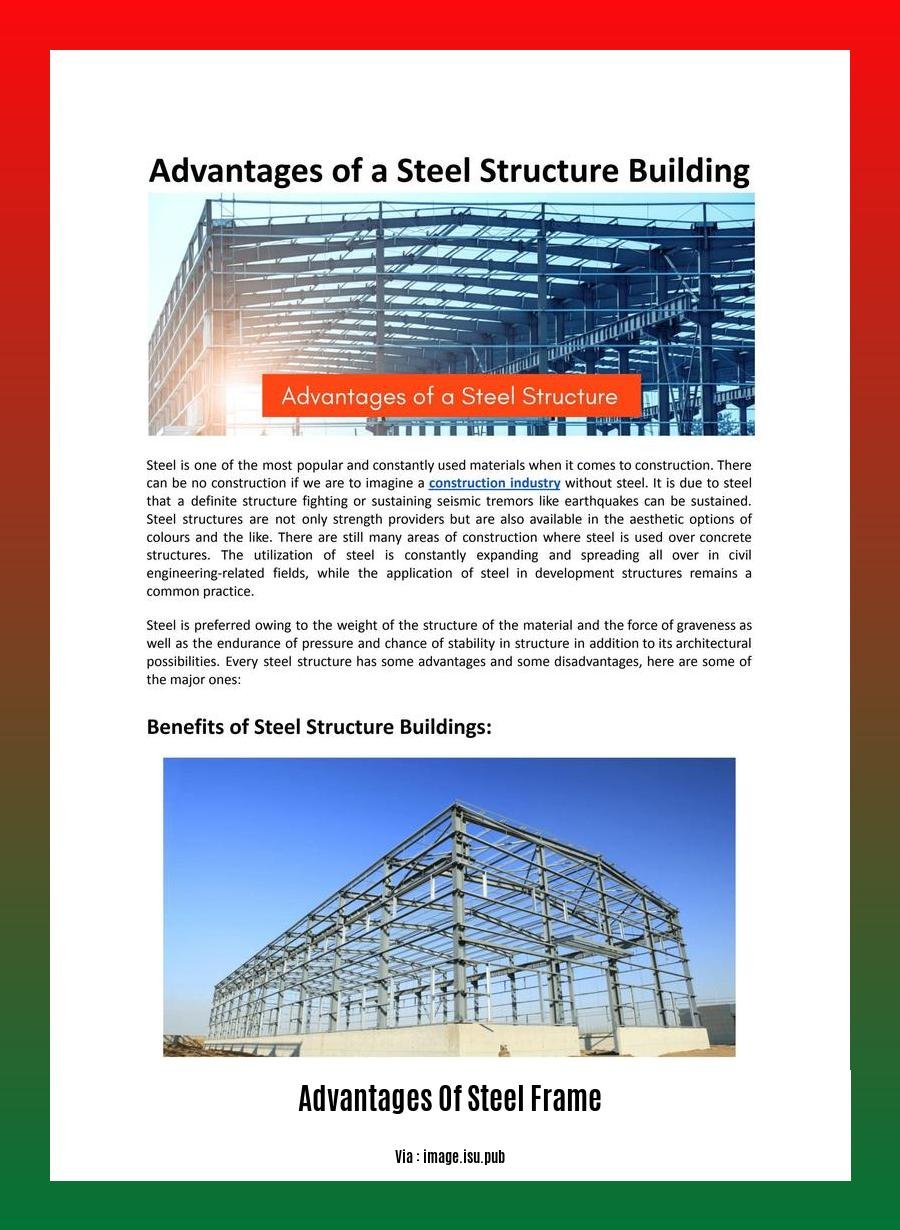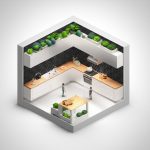Delve into the realm of steel frame construction and discover its myriad advantages. From enhanced durability and sustainability to unparalleled design flexibility and cost-efficiency, steel frames offer a compelling solution for both residential and commercial projects.
Key Takeaways:
- Steel frames are highly durable and strong.
- They can be easily customized to meet specific needs.
- Steel frame construction is cost-effective due to reduced labor and assembly costs.
- Steel is non-combustible, providing excellent fire resistance.
- Steel frames resist pests and weather damage, ensuring longevity.
- Steel is an environmentally friendly material that can be recycled and repurposed.
Advantages of Steel Frame

Steel frame construction has gained immense popularity in modern building, and for good reason. Its exceptional strength, versatility, and cost-effectiveness make it an ideal choice for a wide range of projects. Here are some of the key advantages that steel frames offer:
Exceptional Strength and Durability
Steel is renowned for its unmatched strength-to-weight ratio. Steel frames can withstand heavy loads and extreme forces without compromising their structural integrity. Their durability ensures that buildings constructed with steel frames can endure decades of use.
Customization and Flexibility
Steel frames are highly customizable, allowing architects and engineers to design buildings with unique shapes and sizes. They can be easily fabricated and modified to meet specific requirements, making them suitable for a variety of architectural styles and building purposes.
Cost-Effective Solution
Steel frame construction offers significant cost savings compared to traditional building methods. Reduced on-site labor, ease of assembly, and long lifespan contribute to the overall cost-effectiveness of steel frames.
Fire Resistance
Steel is non-combustible, providing excellent fire resistance. Steel frames can prevent the spread of fire, ensuring the safety of occupants and contents in the event of a fire emergency.
Pest and Damage Resistance
Steel frames are resistant to pests, rot, and decay. They provide long-term protection from weather damage, ensuring the integrity and lifespan of buildings.
Environmental Friendliness
Steel is a sustainable building material. It can be recycled and reused, reducing waste and environmental impact. Steel frames also contribute to energy efficiency by supporting insulation and reducing heating and cooling costs.
- Explore the significant advantages of using construction equipment to enhance efficiency and productivity on construction sites.
- Discover the advantages of construction management that can help you plan, execute, and control construction projects effectively.
- Learn about the advantages of prefabricated construction that offers benefits such as increased efficiency, reduced waste, and improved quality.
- Get insights into the advantages of prefabrication in construction, including faster construction times, cost savings, and enhanced flexibility.
- Uncover the advantages of steel structures for buildings and infrastructure projects, which include strength, durability, and sustainability.
Sustainability

When it comes to building materials, sustainability is a buzzword these days. And for good reason! As we become more aware of our impact on the environment, it’s important to make choices that are not only good for our homes but for the planet too.
That’s where steel stud framing comes in. Steel is one of the most sustainable building materials available. Here’s why:
- Recyclable: Steel is 100% recyclable, meaning it can be used over and over again without losing its strength or quality.
- Reduced waste: Steel stud framing produces less waste than traditional wood framing. Steel studs are precision cut, so there’s no need for scraps or cut-offs.
- Energy efficiency: Steel stud framing can help to reduce energy consumption by 37%. Steel frames are non-combustible, which means they don’t contribute to the spread of fire. They’re also resistant to pests, rot, and decay, so they’ll last for decades.
Key Takeaways:
- Steel stud framing offers numerous sustainability benefits, including recyclability, reduced waste, energy efficiency, and durability.
- Steel frames are immune to dry rot, warping, cracking, and shrinking, ensuring longevity and durability.
- Steel is a highly recyclable material, with 93% of it being recycled and 100% being recyclable, making it an environmentally friendly option.
- Steel stud framing contributes to energy efficiency by reducing thermal bridging and air leakage.
Sources:
– Steel Stud Framing Sustainability: A Greener Approach to Construction
– How steel framed homes benefit the environment
Design flexibility
With steel frame construction, your creativity has no bounds. Architects and engineers are given the freedom to explore bold and innovative designs that were previously impossible with traditional building methods. Steel’s strength and flexibility allow for:
- Unleashing architectural visions: Create awe-inspiring structures with complex shapes and soaring heights that were once only dreams.
- Customizing your space: Design buildings that perfectly align with your unique needs, whether it’s a cozy cottage or a towering skyscraper.
- Adapting to evolving needs: Reconfigure or expand your steel frame structure as your requirements change, providing unmatched versatility.
Key Takeaways:
- Steel frames offer unparalleled design flexibility, allowing for complex shapes and soaring heights.
- Architects and engineers can customize steel frame buildings to meet specific needs.
- Steel frame structures can be reconfigured or expanded easily to adapt to changing requirements.
References:
Fire Resistance
When constructing a structure, fire resistance is paramount for ensuring the safety of occupants and the integrity of the building. Steel frame construction offers exceptional fire resistance, providing peace of mind and meeting stringent building codes.
Key Takeaways:
- Steel is non-combustible, preventing fire ignition and spread.
- Internal lining boards, like gypsum, enhance fire resistance up to 120 minutes.
- Light steel framed buildings contain minimal combustible materials compared to other construction methods.
Why Steel Frame Construction?
- Non-combustibility: Steel does not contribute to a building’s fire load, reducing fire spread and minimizing structural damage.
- Enhanced Fire Protection: Internal lining boards act as a barrier, providing up to 2 hours of fire resistance.
- Minimal Combustible Materials: Light steel framed buildings have significantly less combustible materials than traditional constructions, limiting fuel sources for fires.
Case Study:
The Burj Khalifa, one of the world’s tallest buildings, utilizes steel frame construction for its unparalleled strength and fire resistance. The building withstood a 15-hour fire in 2015 without catastrophic damage, demonstrating the efficacy of steel in maintaining structural integrity during fire emergencies.
Conclusion:
Steel frame construction is an ideal choice for structures that require exceptional fire resistance. Its non-combustible nature, enhanced protection, and minimal combustible materials ensure optimal safety and peace of mind in the event of a fire.
Citations:
FAQ
Q1: What are the key strengths of steel frame construction?
A1: Steel frames provide unparalleled strength and durability, ensuring the longevity and resilience of structures. efficientdevelopments.com
Q2: How does steel frame construction enhance design possibilities?
A2: Steel frames offer tremendous design flexibility, enabling architects and engineers to create innovative and aesthetically pleasing structures. aisc.org
Q3: Can steel frame construction reduce project timelines?
A3: Yes, compared to traditional construction methods, steel frame construction allows for quicker assembly, resulting in reduced overall project timelines.
Q4: What are the environmental benefits of steel frame construction?
A4: Steel is highly recyclable, making it a sustainable choice. Its resistance to pests and decay also reduces the need for maintenance and chemical treatments.
Q5: How does steel frame construction contribute to fire safety?
A5: Steel is non-combustible and provides fire protection for light steel framing. Internal lining boards, such as gypsum-based boards, enhance fire resistance, achieving periods of up to 120 minutes. lightsteelforum.co.uk
- White Tile Backsplash Kitchen: A Classic and Clean Design - November 17, 2025
- Backsplash For White Cabinets: Choosing The Right Kitchen Style - November 16, 2025
- White Kitchen Backsplash Ideas For a Timeless, Stylish Update - November 15, 2025










